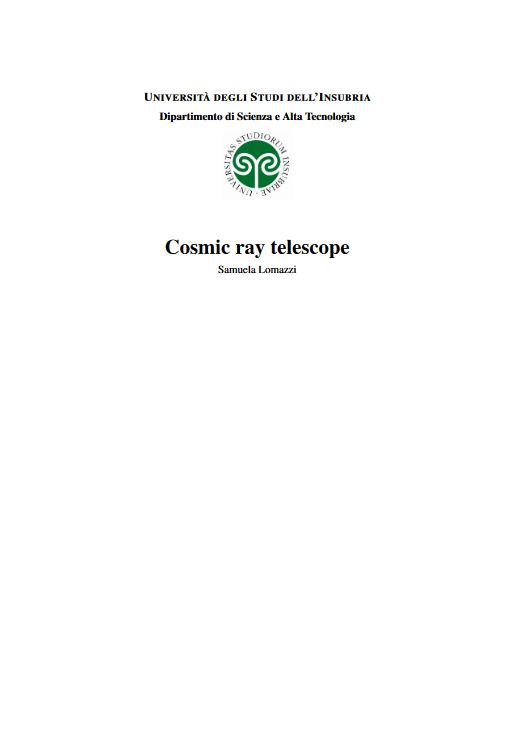⏳️ Reading Time: 3 minutes
Abstract:
The existence of cosmic rays was discovered by Victor Hess in 1912, performing experiments on the ionization of the air. The cosmic radiation is composed by ener-getic particles mainly originating outside the Solar System and even from distant galaxies. It could be divided into two component: “primary” and “secondary”.
Of primary cosmic rays, which originate outside of Earth’s atmosphere, about 99% are the nuclei of well-known atoms and about 1% are solitary electrons. Of the nuclei, about 90% are protons, 9% are alpha particles and 1% are the nuclei of heavier elements. A very small fraction are stable particles of antimatter, such as positrons or antiprotons.
When cosmic rays penetrate the Earth’s atmosphere they collide with atoms and molecules, mainly oxygen and nitrogen. The interaction produces a cascade of lighter particles, a so-called shower secondary radiation, including protons, x-rays, muons, alpha particles, pions, electrons, and neutrons (figure 1). In first approximation about of 30% of the secondary radiation is composed by electrons and photons, while the 70% by muons.


